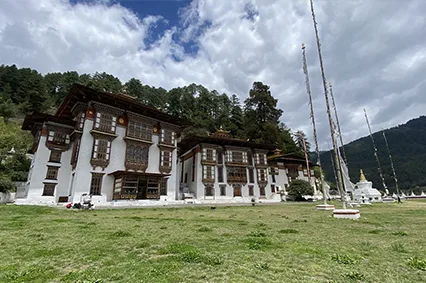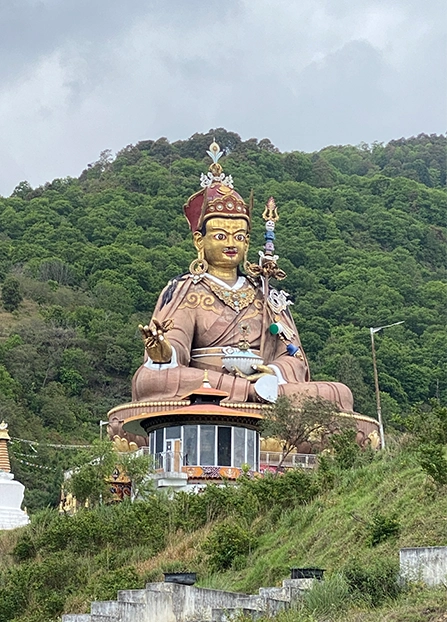Day 2: Haa Valley
Today we drive (3 hours) westwards to the Pristine and remote Haa valley, which was recently open to tourists. The valley is dotted with fields of millet, barley, and potatoes and full of ancient shrines. Haa Valley is the western most state in Bhutan. It borders the Indian state of Sikkim and Tibet. We drive to Haa via the Chele-la pass (3,800 m/13,000 ft.) through blue pine and rhododendron forests. On a clear day there are superb views from the pass of two of Bhutan's highest and best known peaks - Mount Jumolhari and Jitchu Drake. We will stop here briefly to enjoy the lovely mountain scenery and then continue down to Haa town (2,670 m/ 8,811ft.). The drive will give you an insight into a medieval way of life that has changed little over the centuries. Modern development has brought better education, health care and electricity to these remote areas but the local small farm-based economy that has kept the local people self sufficient over the years is largely unchanged. After a picnic lunch by the river near the newly built Haa Dzong (fortress), we visit two famous monasteries, Lhakhang Karpo (White Temple) and Lhakhang Nagpo (Black Temple). Lhakhang Karpo is also called Chundo Gompa, dedicated to the chief protector-deity of the valley. The central shrine in Lhakhang Nagpo is said to be almost identical to that of the Jowo temple in Lhasa, Tibet. Legend has it that local deities assisted in the construction of Lhakhang Karpo and as a result, the place came to be locally known as 'Hay' (meaning 'surprise') which later became 'Haa' due to varying interpretations and pronunciations over time. Visit Dorikha Village. Dinner at a local Hotel and Overnight in the Haa Valley.


